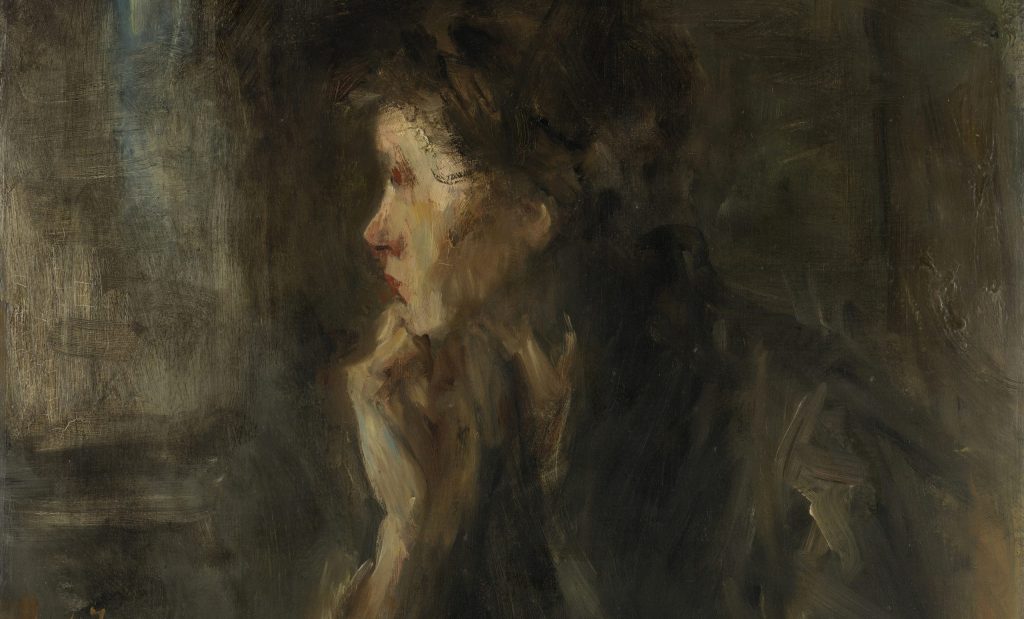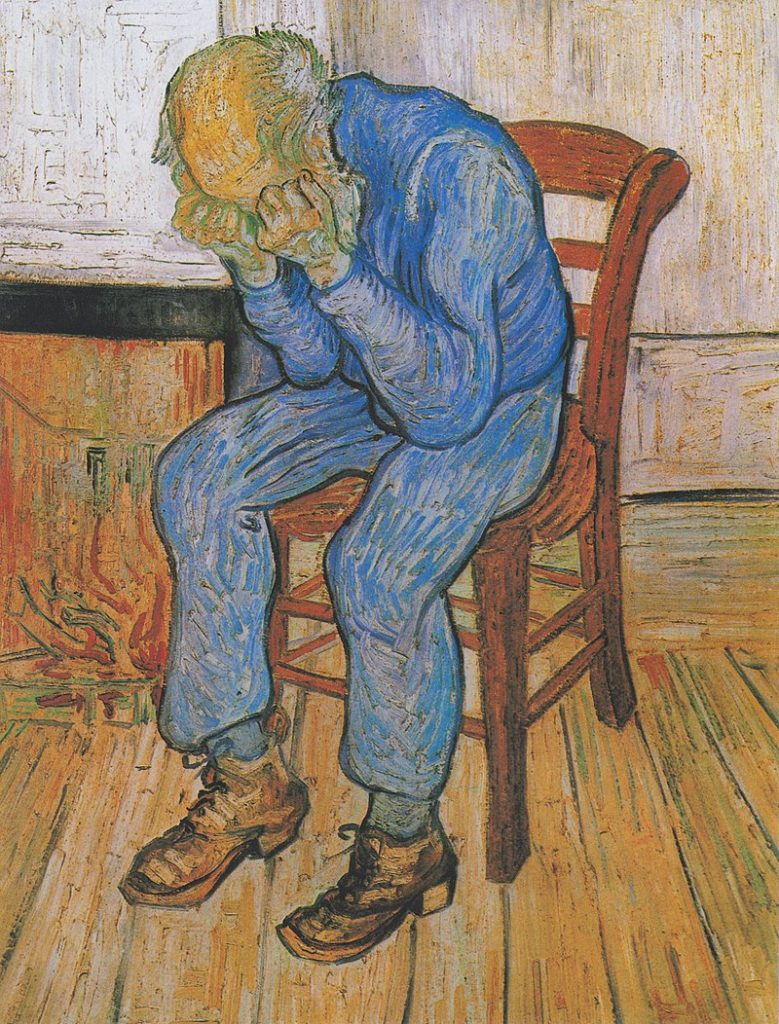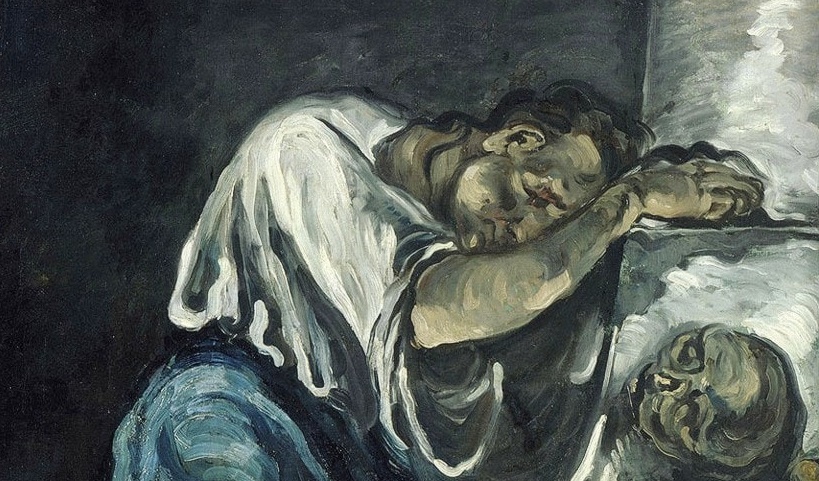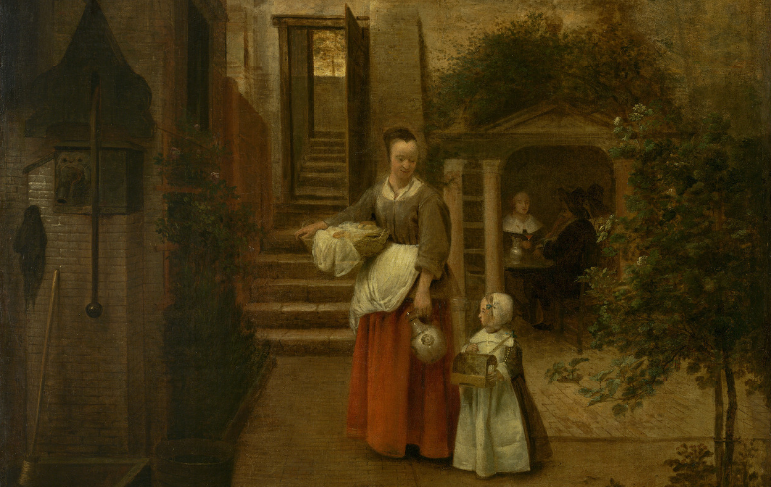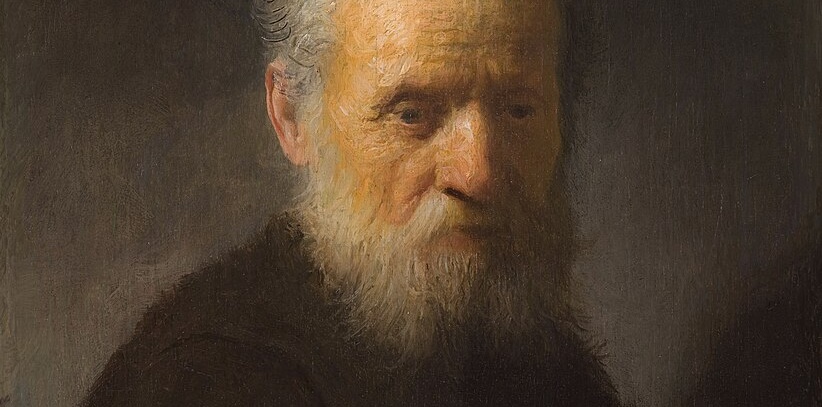
Polish EP Elections: Gateway for Change or Retirement Home for Politicians?
Poland has proudly joined the EU 20 years ago. However, the European Parliament still lacks credible representation in the eyes of many voters, in particular the country\'s youth. As the EP elections approach, one must question the true purpose of these elections in Poland. Are these elections genuine democratic exercises or merely opportunities for aging politicians to secure pensions and receive a last token of appreciation from their parties?







